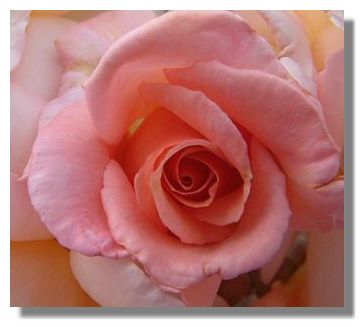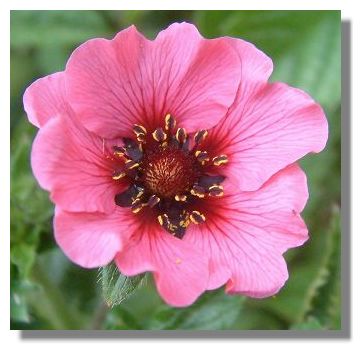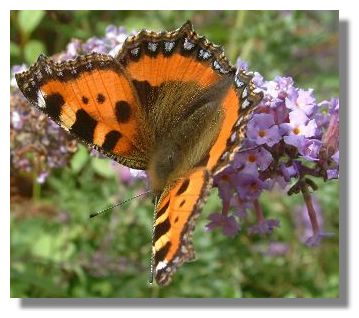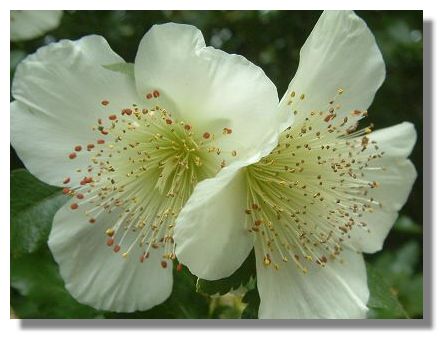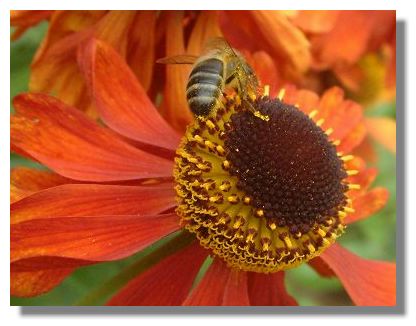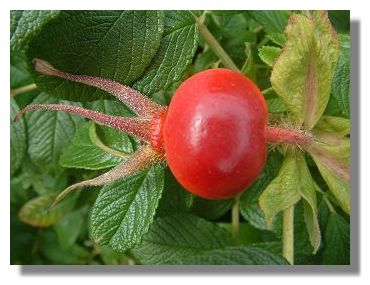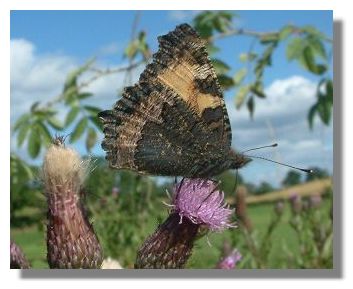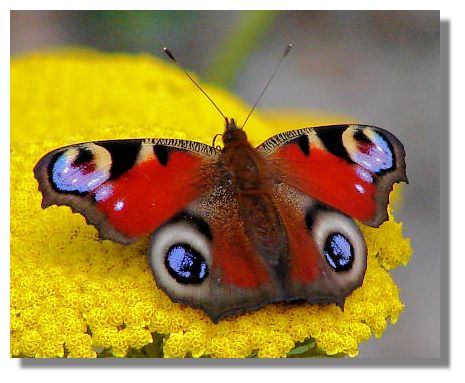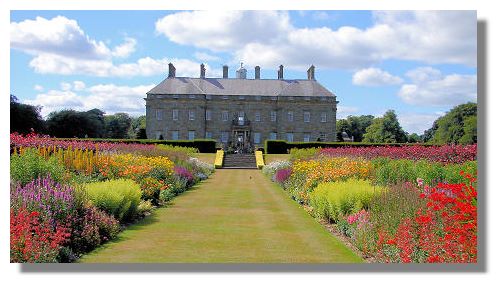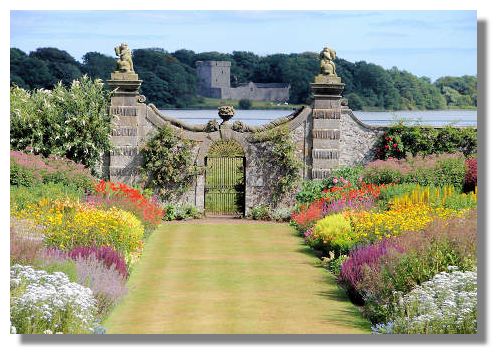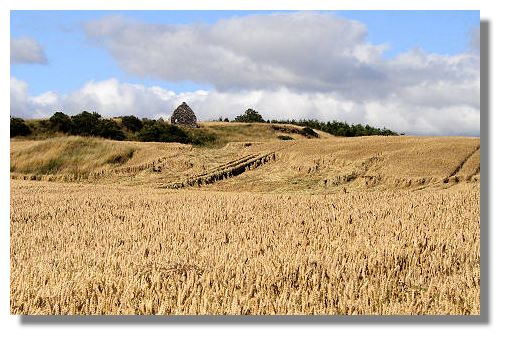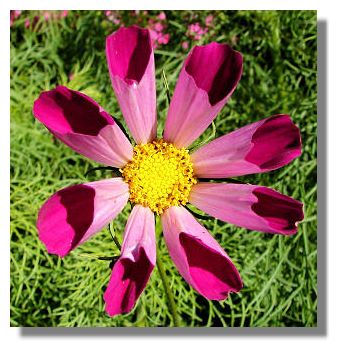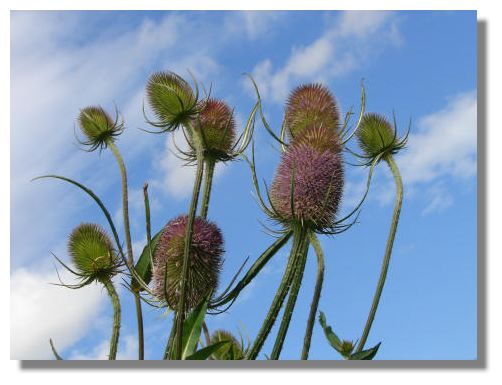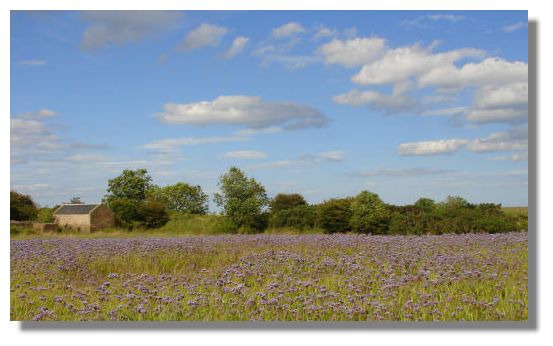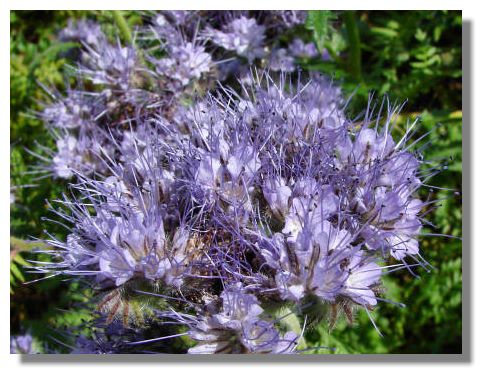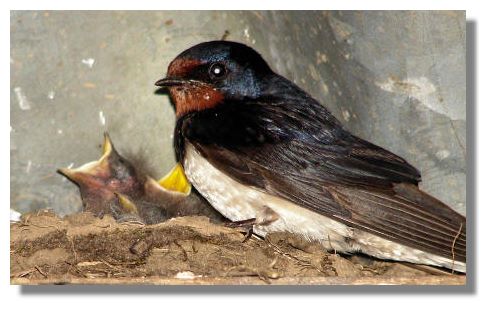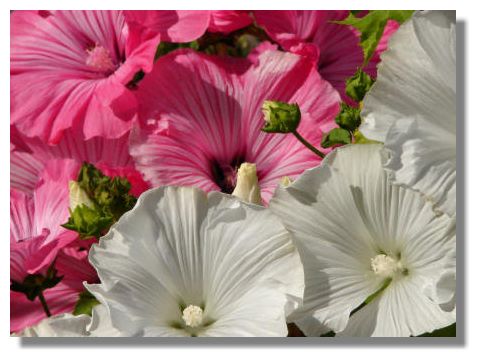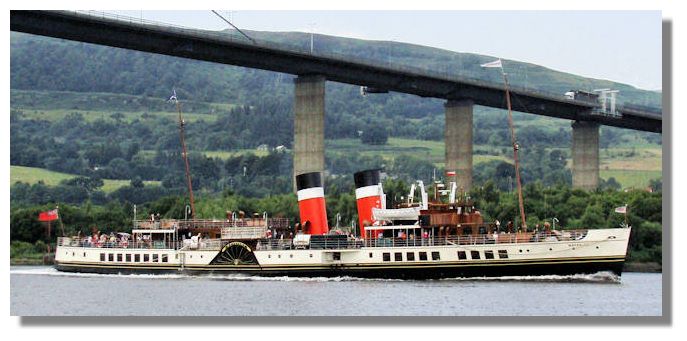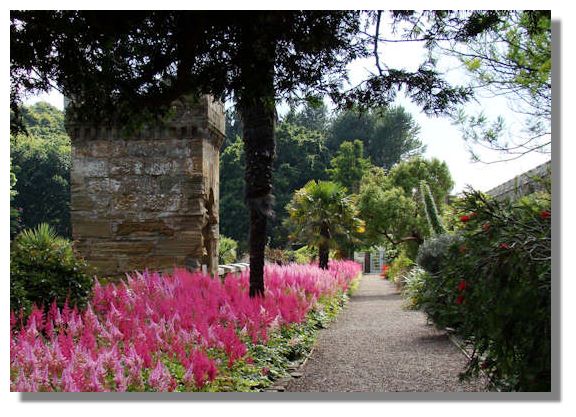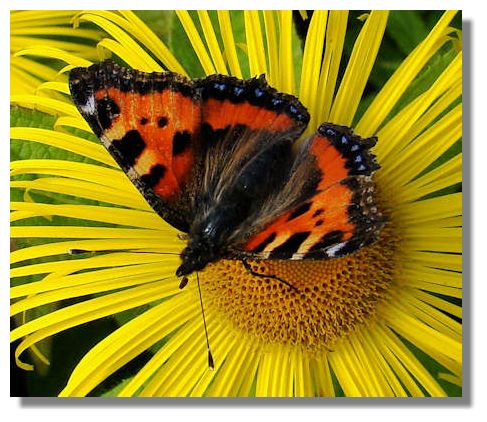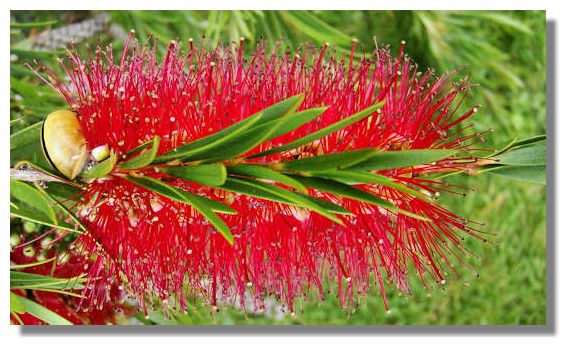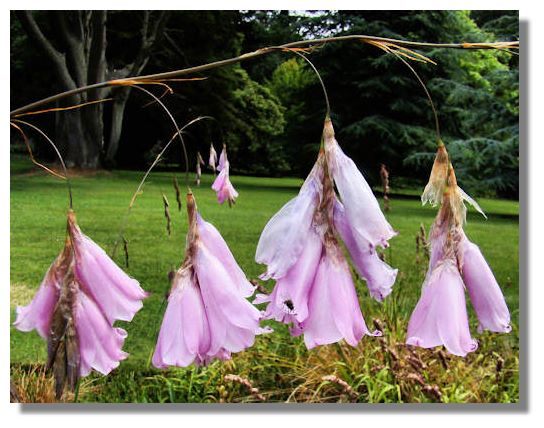The first illustration is of a pink rose in the walled garden at Finlaystone Country Estate in Renfrewshire, taken on a warm, sunny afternoon. Many roses are now in their second flush of flowering - after all, the gardening books describe August as an autumn month in Scotland...
Geums are one of my favourite flowers but you have to get really close to see the details in the small flowers which are well under an inch in diameter.
This Small Tortoiseshell butterfly is enjoying the nectar of a Buddleja flower, one of its favourite foods. The photo was taken while wandering around the estate of Glamis Castle. Once again, the weather was bright and sunny.
There are many varieties of the Eucryphia tree. Although this is a close-up of a couple of its flowers, it is actually a tall tree about twenty feet high which covers itself in blossom at this time of year.
The wasp on this Helenium blends in with the colours of the flower head as it busily seeks out the nectar.
Just to remind us that the seasons are marching on, this large hip from a Rosa Rugosa is shining out from the bush - while other branches still have flowers on them.
It is hard to believe that the mottled black wings belong to the underside of the colourful Small Tortoiseshell butterfly - the same variety as the one pictured earlier at Glamis Castle. This one is outlined dramatically against the blue sky, perched on the small flower heads of a creeping thistle in the countryside just north of Glasgow.
Balvaird Castle in Perthshire stands on a hill looking over into Fife and the Lomond Hills, near Loch Leven. The Historic Scotland information board suggests that living there in the 16th century would have been "comfortable" - at least for the Murray family who lived in the fortified tower house.
Peacock butterflies have been conspicuous by their absence this summer as far as I am concerned. But that was put right in the gardens of Kinross House where there were lots of them, along with Red Admirals and Small Tortoiseshells. This Peacock was enjoying the tiny flowers on this sedum while its relatives tucked into the nearby buddleja flowers.
Kinross House is an imposing mansion built by Sir William Bruce (1630 - 1710). Bruce had been a major player in the restoration of King Charles II to the throne in 1660 and that no doubt helped his career as an architect. He was appointed a baronet in 1668 and became "surveyor of the king's works" in Scotland. He was responsible for rebuilding the Palace of Holyroodhouse in Edinburgh (in anticipation of a visit by King Charles II which never materialised) as well as for major works at Hopetoun House, Thirlestane Castle and Balcaskie Castle and Wemyss Hall. His own house has a magnificent view over Loch Leven and its castle - see below and Places to Visit - Kinross House elsewhere on Rampant Scotland.
The ground on which Kinross House is built was carefully landscaped so that Sir William Bruce could look out over his garden, Loch Leven and its castle - from which Mary Queen of Scots had escaped in 1568.
Grain crops planted last winter have been harvested but this field of wheat, seen near Balvaird Castle (above) is still ripening in the sun. The ruin on the horizon is not Balvaird Castle, but a ruined farmhouse.
This variety of Cosmos is named "Sea Shells" - for obvious reasons.
Teasel can be a most imposing plant, growing to nearly seven feet high with large flower heads 3/4 inches long. The purple flowers attract lots of bees. Then in autumn the seeds provide food for goldfinches and other seed-eating birds.
Earlier this year, many of the fields in Scotland, particularly in the east, were bright yellow with oil seed rape flowers. Now, many of the fields are turning purple as farmers turn increasingly to growing Phacelia. This field was in Fife.
This is a close-up of the purple flowers of Phacelia. It is one of the top 20 honey-producing flowers for honeybees and is also highly attractive to bumblebees and hover flies. It is usually ploughed into the ground at the end of the season and is beneficial for following vigorous cash crops such as potatoes.
This is a second brood of young swallows being reared by their industrious parents. It's amazing that these little scraps, with their mouths wide open, will be flying to tropical Africa in only a matter of weeks.
The rosebuds in this picture will soon be bursting forth to add to the display in the rose garden at Kinross House, overlooking Loch Leven.
Both the red and the white flowers in this picture are of Lavatera, the tree mallow. Some Lavatera are perennials that grow to the size of a large bush. These ones, however, are showy annuals that will flower from mid-summer until the first frosts in autumn.
The paddle steamer Waverley is the last operational Clyde steamer and the last sea-going paddle steamer in the world. Named after Sir Walter Scott's first novel, the Waverley regularly sails from Glasgow and other towns on the Firth of Clyde, as well as from ports along the South Coast of England and the Bristol Channel. The Waverley was built in 1946 as a replacement for an earlier vessel with the same name that was sunk in 1940 while helping with the evacuation of troops from Dunkirk. The new steamer was launched in 1946 and entered service in June 1947. The Waverley is seen here passing under the Erskine Bridge on the Clyde, after taking day-trippers for a cruise "doon the watter".
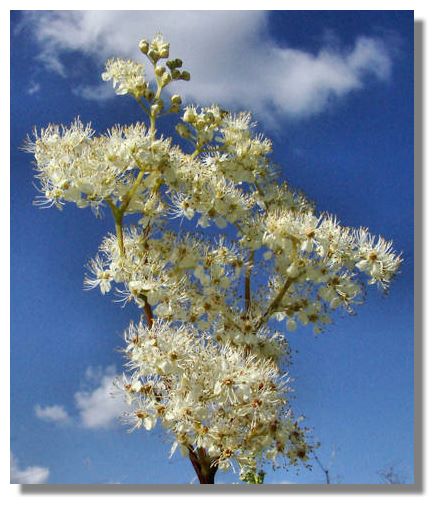
Meadowsweet (Filipendula ulmaria) is a sturdy perennial wild flower that can grow to well over four feet high. The mass of frothy creamy-white flowers live up to the plant's name, giving off a sweetly scented, almost sickly, aroma. The cultivated garden version is known by the grander name of Filipendula.
Many suburban gardens in Scotland will have space for the tall, stately spires of Astilbe. But few have the space to create an entire border of the plant - as here, beside one of the terraced walkways below Culzean Castle in Ayrshire.
This Small Tortoiseshell butterfly (one of the few seen this year) was enjoying the radiant Inula flower in the walled garden at Culzean Castle Country Park. In addition to the usual losses due to the weather and hungry birds, the Small Tortoiseshell caterpillars are facing a new threat from parasitic insect invaders.
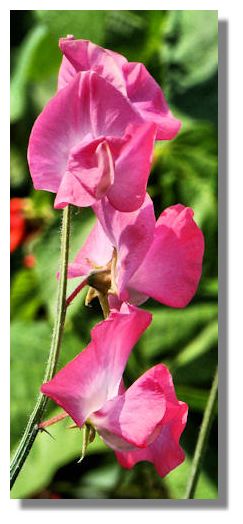
The flowers of Sweet Peas (Lathyrus) have the characteristic three petals (one upright and two side petals or wings and two lower petals fused together to make a keel). These delicate flowers come in a wide variety of shades, climbing up trellises and other supports. The original Sweet Pea was introduced from Sicily around 1700 but it was the Victorian gardeners who produced the tall varieties with their multitude of colours. Long known for their strong scent, newer varieties with larger blooms sometimes lose their perfume as part of the development process.
Callistemon are often known as Bottlebrushes, because of their cylindrical, brush like flowers. A native of Australia and New Guinea, it is sometimes grown here in greenhouses to protect it from the local climate. But the sheltered, walled garden at Culzean Castle in south-west Scotland provides an environment where it can thrive. The round object on the left of the flower is the shell of a snail!
Dierama is also known as Fairy's Fishing Rods or Fairy's Wand. The graceful flower shoots can bear bell-like flowers at the end of thin, wiry stems, in a range of colours from white through to dark red. The plant originated in South Africa.If you want to look back at other editions of these photos of Scotland week by week, there is an Index Page
